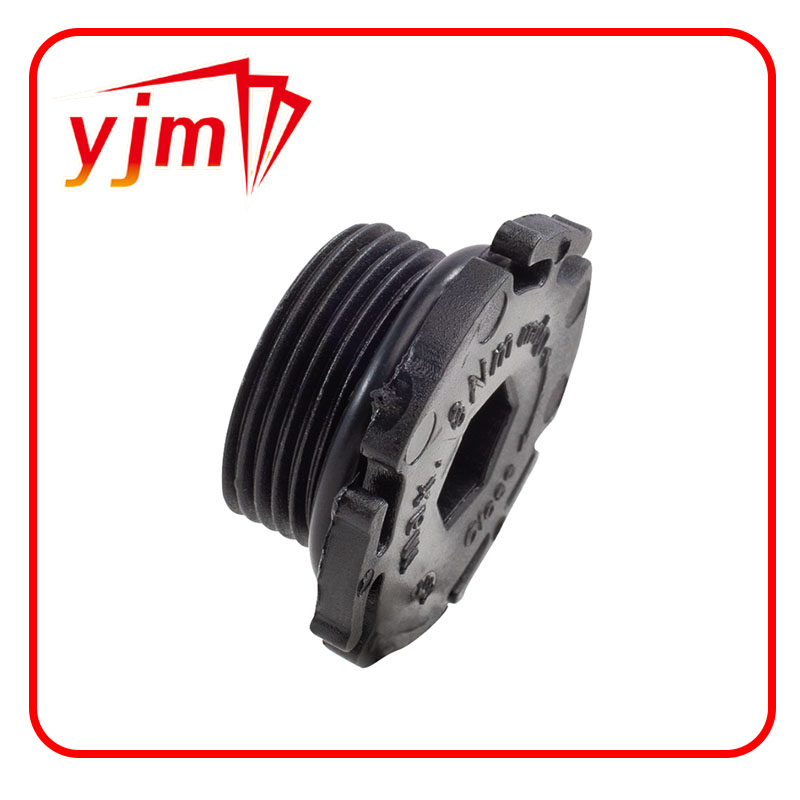differential output shaft seal
Understanding Differential Output Shaft Seals Importance and Maintenance
The differential output shaft seal is an essential component found in vehicles equipped with differential assemblies. Its primary function is to prevent lubricant from leaking out of the differential housing while simultaneously keeping contaminants like dirt and moisture from entering the system. The proper functioning of this seal is crucial for the longevity and efficiency of a vehicle's drivetrain. In this article, we will explore the significance of differential output shaft seals, common issues that arise, and tips for maintenance.
The Role of Differential Output Shaft Seals
Differential output shaft seals are typically made from durable materials such as rubber or polyurethane, designed to withstand varying temperatures and pressures. These seals work by creating a tight barrier around the output shafts, which connect the differential to the drive axles. By doing so, they maintain the integrity of the lubricant that lubricates the gears inside the differential. Proper lubrication is vital as it reduces friction, minimizes wear, and helps dissipate heat, ultimately leading to a smoother operation of the vehicle’s drivetrain.
Common Issues
Over time, differential output shaft seals can wear out due to several factors, including age, heat, and exposure to harmful substances. One of the most common issues is leakage, which can result in a significant loss of differential fluid. This can lead to insufficient lubrication of the gears, increased friction, and ultimately, severe damage to the differential. Signs of a failing seal may include fluid leaks on the ground beneath the vehicle, unusual noises from the differential, or a warning light on the dashboard.
Another potential problem is contamination. When seals start to fail, dirt and debris can enter the differential housing, leading to a buildup of particulate matter. This contamination can cause accelerated wear on the gears and bearings, potentially resulting in costly repairs.
differential output shaft seal

Maintenance Tips
Regular maintenance is key to ensuring that differential output shaft seals remain in good condition. Here are some tips to help prolong the life of these seals
1. Regular Inspections Periodically check your vehicle for signs of fluid leaks, especially around the differential. If you notice any fluid pooling under the vehicle, this may indicate a failing seal that needs immediate attention.
2. Fluid Changes Keep up with regular differential fluid changes as recommended by your vehicle manufacturer. Fresh lubricant helps maintain optimal performance and prevent excessive wear on the seals and internal components.
3. Watch for Noises Pay attention to any unusual noises when driving, particularly whining or grinding sounds from the rear when accelerating. These sounds can indicate a problem with the differential or the seals.
4. Professional Servicing If you suspect a problem or experience a leak, consult a professional mechanic. Timely repair or replacement of a faulty seal can save you from more severe damage down the line.
In conclusion, the differential output shaft seal plays a critical role in the performance and longevity of your vehicle's differential. By understanding its functions and recognizing potential issues, drivers can take proactive steps to maintain their vehicle’s health. Regular inspections, proper maintenance, and prompt repairs will ensure that your differential fluid remains where it belongs, allowing for optimal vehicle performance and safety on the road.
-
The Ultimate Guide to Boat Propeller Bearings and Trailer Wheel Bearings
News Jul.31,2025
-
The Essential Guide to Marine Bearings and Boat Trailer Wheel Bearings
News Jul.31,2025
-
The Complete Guide to Heavy Duty Seals: Protecting Doors and Spaces Efficiently
News Jul.31,2025
-
Essential Guide to Marine Shaft Bearings and Boat Trailer Axle Bearings
News Jul.31,2025
-
Comprehensive Guide to Marine and Trailer Bearings for Safe Boating and Transport
News Jul.31,2025
-
Comprehensive Guide to Automotive Oil Seals: Protecting Your Engine and Shafts
News Jul.31,2025
-
Understanding Automotive Oil Seals: Essential Components for Engine and Shaft Protection
News Jul.30,2025
Products categories















